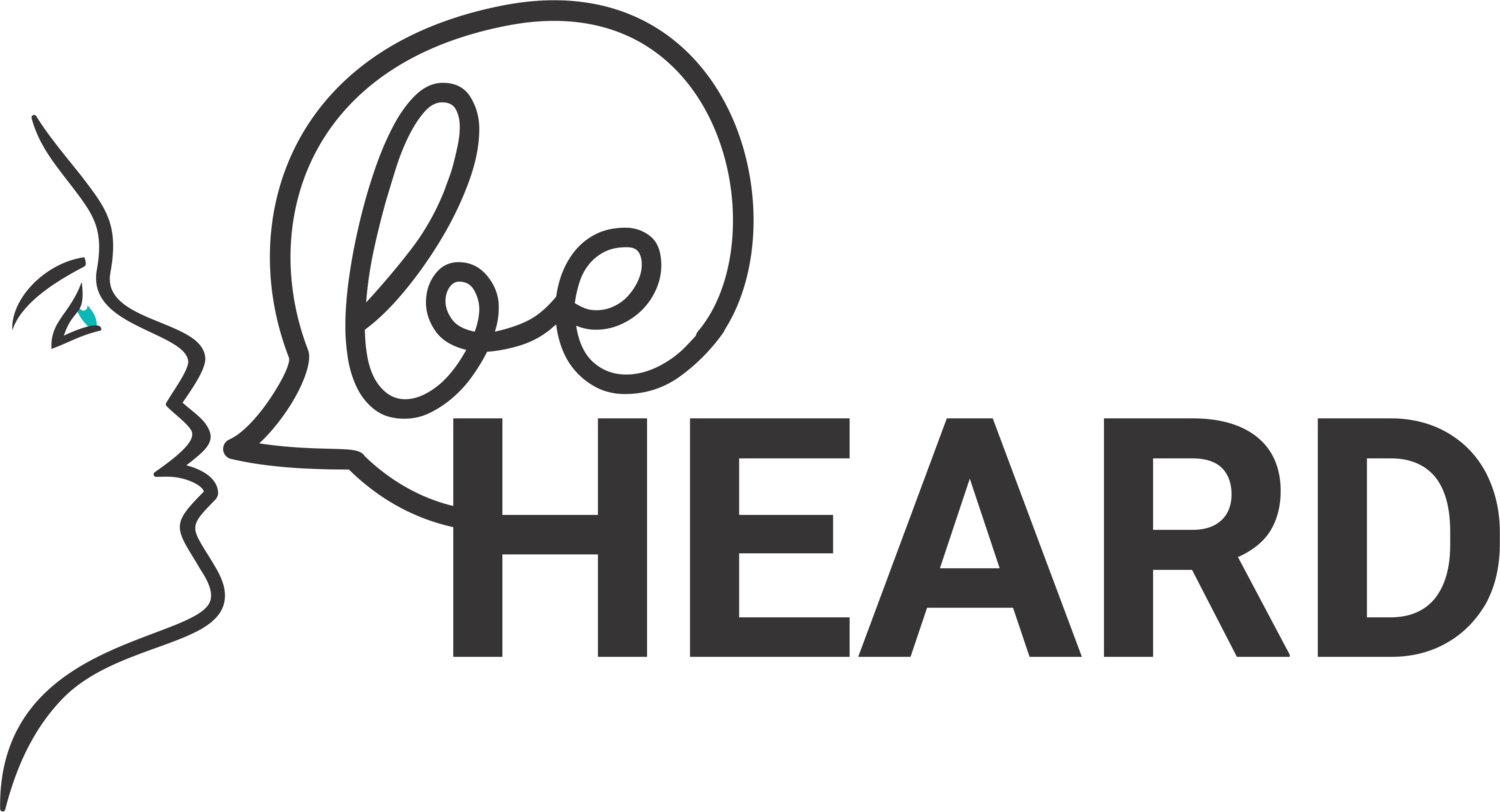Important Details You Have To Understand Concerning Podcasts Explained
Audio Programs have become one of the most favored means for audiences to access content. There are many different digital broadcasts targeting various interests and audiences. However, if you have just come across the phrase, but you are not entirely certain how the whole thing works… we’re here to help.
This guide will cover all the information you should be aware of about audio programs. We’ll initially go through some definitions and explanations. Then, we’ll inspect how audio shows are produced and advertised. And throughout, we’ll review different cases, so you grasp what specifically we’re referring to.

It’s a intriguing realm out there! So, let’s get underway!
What is a Podcast?
We’re diving right into it. What exactly defines a audio program, and how is it functioning?
A audio show is, in basic terms, an sound-based broadcast shared via the internet. If you happen to be curious about the word itself, it’s thought it is derived from “iPod” and “broadcast”. Yes, iPods; those small mobile devices created by Apple that soon grew in popularity.
Nowadays, despite the designation of the gadget is there, audio programs can be listened to on smartphones, PCs, tablets, and music players (through a podcast distribution service that serves as something like always-available radio services).
What Sets Podcasts Apart From Other Mediums
A podcast episode has a few attributes that set it apart from other mediums (for example radio programs or visual media). Such as:
Available on-demand: Audio programs are pre-recorded, so you can access them or get them at your convenience. Hence, you can choose at which point to enjoy the episode.
Steady release pattern: Many audio broadcasts are formatted as a series or progressive broadcasts. The material is, thus, published on a fixed schedule (including daily, weekly, or every month).
Accessibility: The bulk of audio programs are accessible for free. Some producers provide premium or subscription-based content for a fee, also, but not all creators.
Solo creators: Audio programs are usually made by self-employed producers. Implying you can access a more diverse range of viewpoints and ideas!
Listener engagement: Podcast fans can participate in them via subscriptions, critiques, reviews, and social media interactions.
Lengthy material: Because of their length, podcasts enable comprehensive analysis of subjects and storytelling.
Relies on RSS feeds: Audio broadcasts are primarily broadcasted using RSS channels, though that is changing in modern times with options like YouTube for video podcasts.
Exactly what Must You Have To Enjoy A Internet Broadcast?
All that is required for listening to a podcast is merely internet access combined with a gadget that can connect to it.
Though some audio content (a digital sound file) can be accessed through software or audio show apps, this is only required if you wish to carry out activities like sign up for updates. For instance, to obtain new episodes automatically or download podcast episodes for offline listening.
Regarding devices, one can use your smart device (iPhone, Android, and more), tablet device, or desktop. You will initially need a network connection to get — yet downloading episodes is an alternative.
Podcasts in comparison to Traditional Content Production
Podcasts didn’t come out of thin air. They share traits with broadcast radio in content creation and distribution. However, they also have unique differences that distinguish them.
First, let’s see what they share. Both podcasts and radio shows are primarily audio files or audio-centric media. So, they rely on spoken word, music tracks, sound cues, and other audio elements to share information, to entertain, and engage.
Both mediums also encompass a broad array of themes and styles, a variety that permits producers to cater to different tastes and viewers. Furthermore, both frequently present anchors, co-hosts, or storytellers who direct the programming and give background. Finally, podcasts and broadcasts use cutting, blending, musical elements and audio effects to enhance the listening experience.
Although the two diverge is in delivery. Podcast episodes are shared via the internet and are usually available as needed. This indicates that audiences can select at any time and at what place they desire to tune into shows and can sign up for their favorite programs for instant updates. Classic radio broadcasts, in contrast, are only broadcast over the airwaves at set moments. Moreover, they are often either real-time or pre-scheduled.
Podcast episodes are similarly known for their adaptability in concerning episode duration. They can span from a couple minutes to many hours, enabling thorough exploration of topics. Radio programs typically adhere to predetermined broadcast times and may have to accommodate programming into certain time constraints.
In the beginning, digital audio broadcasts were entirely sound-based. Nevertheless, as their appeal has increased, visual podcasting has also evolved into a practical choice. Simply put, while the term podcast initially referred to sound-only shows, it has developed to embrace a more extensive range of cross-media productions.
So, to outline categories, we now have:
Audio podcasts: Deemed the more traditional and common style. They comprise voice recordings, such as speech content, tunes, discussions, narrative, debates, and audio effects.
Video broadcasts (referred to as) visual podcasts: Visual podcasts blend video with audio. They can contain video interviews, discussions, tutorials, video narratives, and additional material. Vodcasts are similarly usually shared in the same manner as sound-based podcasts, through podcast applications and sites.
The preference between making an audio or a video show will be based on your inclinations as a podcaster. The form of the production itself will likewise have an impact. To illustrate, while some podcasters opt for video podcasts to give a visually engaging and captivating experience, different creators stick with sound-only for ease or because they aren’t demand a visual element.
Check out about get up see our new internet page
